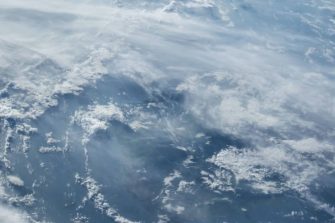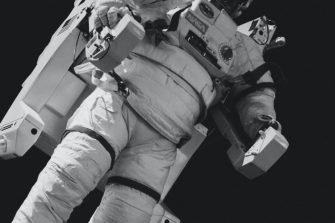Space engineering

UNSW Canberra Space research
Harnessing space to address global problems
UNSW Canberra Space research focuses on providing tangible solutions to our needs on Earth. Space mission development, combined with our research efforts into Space Situational Awareness and Artificial Intelligence, enables us to take a leading role in these fields.
Our research priorities
Space-based technologies have an ever-growing presence in our daily lives. UNSW Canberra Space research is aimed at evolving these technologies that are essential in areas such as national security, environmental monitoring, emergency management and secure communications. We are also researching the ethical challenges that global advances in space might create and how we could solve these potential problems.
Contacts
Dr Melrose Brown
Director of UNSW Canberra Space
Professor Andrew Dempster
Australian Centre for Space Engineering Research (ACSER)
T: +61 (0) 2 9385 4208
More information
Competitive advantage
- Global Navigation Satellite System (GNSS) receiver design and signal processing capabilities, including:
- Multi-GNSS receivers
- Interference and spoofing
- GNSS remote sensing (reflectometry and radio occultation)
- Precise positioning algorithms
- Multi-sensor navigation, and the application of navigation technologies for transport
- Machine automation and unmanned aerial vehicles (UAVs)
- Satellite missions
Impact
- Improved precision and robustness of satellite and UAV navigation
Successful applications
- Synthetic aperture radar formation flying, Australian Space Research Program
- Unmanned aerial vehicles and their applications
- Improved detection of interference sources affecting Global Positioning Systems GPS and capability and technology demonstrator (CTD)
- Mapping radar for CubeSats
- Successfully commercialised product for geolocating GNSS jammers
- Company spun off to use reflectometry for sea state, target detection
Capabilities and facilities
- Hardware and software test facilities, including GNSS simulators and field-programmable gate array (FPGA) development tools
- GNSS receivers and other navigation sensor technologies
- Access to a wide variety of UAVs





